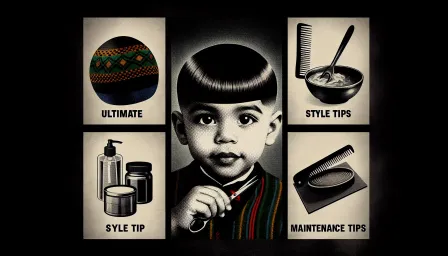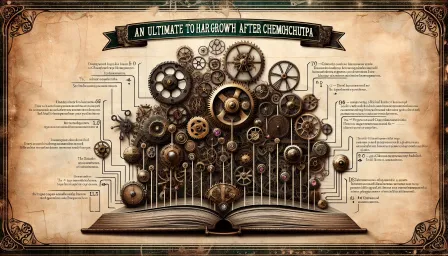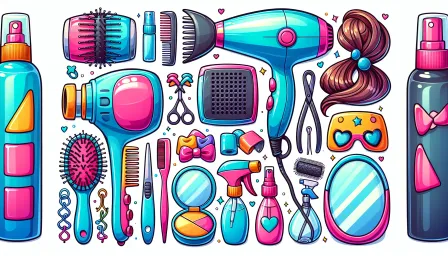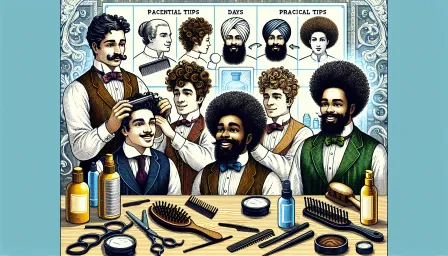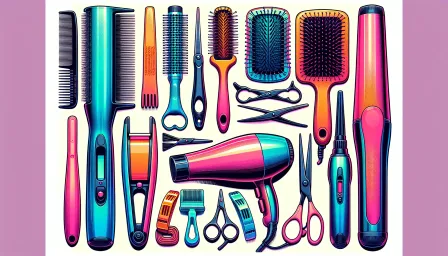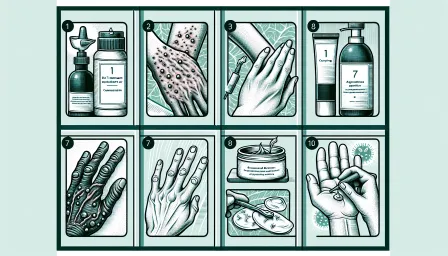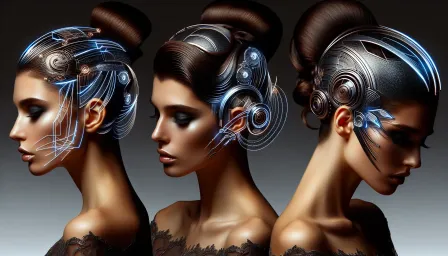Best Techniques for a Split Ends Trim for Hair Maintenance
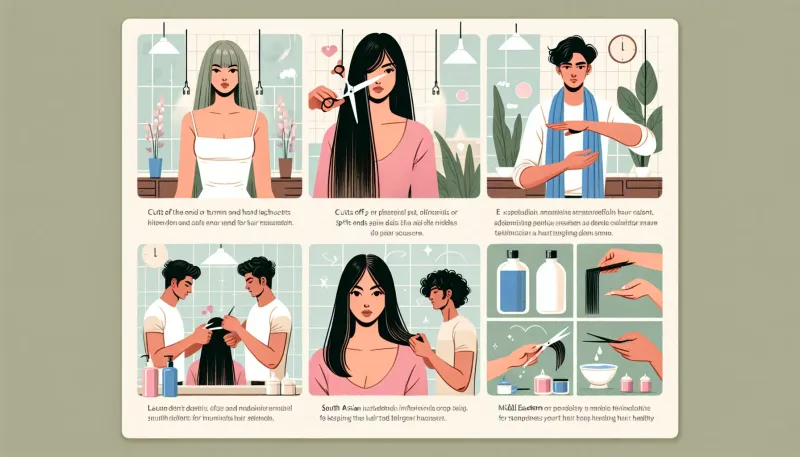
Learn the best techniques for a split ends trim for hair maintenance. Discover practical tips and expert advice to keep your hair healthy and vibrant.
Introduction
Split ends can be a pesky problem for anyone looking to maintain healthy, vibrant hair. They not only affect the appearance of your hair but can also indicate underlying health issues. Regular trims focusing on split ends are essential for maintaining the structural integrity and overall health of your hair. This article explores the best techniques for a split ends trim for hair maintenance, offering practical tips and expert advice to help you keep your locks in top condition.
Why Split Ends Occur
Before diving into the trimming techniques, it's crucial to understand why split ends occur. Split ends happen when the protective outer layer of the hair cuticle wears away due to external stressors such as heat styling, chemical treatments, and environmental factors, leading to the splitting or fraying of hair strands.
Common Causes of Split Ends
- Excessive heat from styling tools such as flat irons, curling irons, and blow dryers
- Chemical treatments including hair coloring, perming, and relaxing
- Environmental factors like sun exposure, wind, and pollution
- Mechanical damage from brushing, combing, and rough towel drying
- Lack of proper hair care routines and insufficient hydration
Preparing for a Split Ends Trim
Proper preparation is key to an effective split ends trim. Follow these steps to ensure the best results:
1. Gather the Right Tools
Having the right tools is essential. Invest in high-quality, sharp hair cutting scissors specifically designed for trimming. Avoid using regular scissors as they can cause further damage to the hair.
2. Clean and Dry Your Hair
Ensure your hair is clean and dry before trimming. This helps you clearly see the split ends and makes the trimming process easier and more accurate.
3. Section Your Hair
Divide your hair into manageable sections using clips or hair ties. This allows you to work methodically and ensures you don't miss any areas.
Effective Techniques for Trimming Split Ends
Once you're prepared, it's time to start trimming. Below are some of the most effective techniques for getting rid of split ends:
1. The Search and Destroy Method
This technique involves carefully examining your hair for split ends and trimming them individually. While time-consuming, it is effective for targeting damaged areas without cutting off more length than necessary.
2. Twist and Trim
Twist small sections of your hair tightly. The split ends will naturally stick out of the twist. Trim these ends carefully with your scissors.
3. Dusting
This involves trimming just the tips of your hair (about ¼ inch) to remove the split ends while maintaining the length. It is a less aggressive approach that helps to remove damaged ends gradually.
4. Point Cutting
Point cutting is an advanced technique where the ends of the hair are cut at an angle instead of straight across. This method softens the ends and removes split ends effectively.
Post-Trim Hair Maintenance
Trimming split ends is vital, but maintaining your hair to prevent future damage is equally important. Here are some tips for post-trim hair maintenance:
1. Regular Trims
Schedule regular trims every 6-8 weeks to prevent split ends from becoming a severe problem.
2. Hydration is Key
Keep your hair well-hydrated by using appropriate shampoos, conditioners, and hair masks. Look for products with hydrating ingredients like argan oil, coconut oil, and shea butter.
3. Protect from Heat
Minimize the use of heat styling tools. When necessary, always use a heat protectant spray to shield your hair from damage.
4. Avoid Over-washing
Washing your hair too frequently can strip it of natural oils, leading to dryness and split ends. Aim to wash your hair two to three times a week.
5. Gentle Handling
Handle your hair gently, especially when it's wet. Use a wide-toothed comb to detangle and blot your hair with a towel rather than rubbing it.
Professional Help: Is It Necessary?
While at-home trimming is beneficial, there might be times when professional help is necessary. Regular visits to a professional stylist can ensure that your hair is correctly trimmed and maintained. They can also provide personalized advice based on your hair type and current health.
Conclusion
Maintaining healthy hair requires consistent effort, and trimming split ends is an essential part of that routine. By using the techniques discussed and following proper hair care practices, you can effectively manage and prevent split ends, ensuring your hair remains strong and vibrant. Remember, the key is regular maintenance and a gentle, nourishing approach to hair care. Stay diligent, and your hair will thank you for it.





